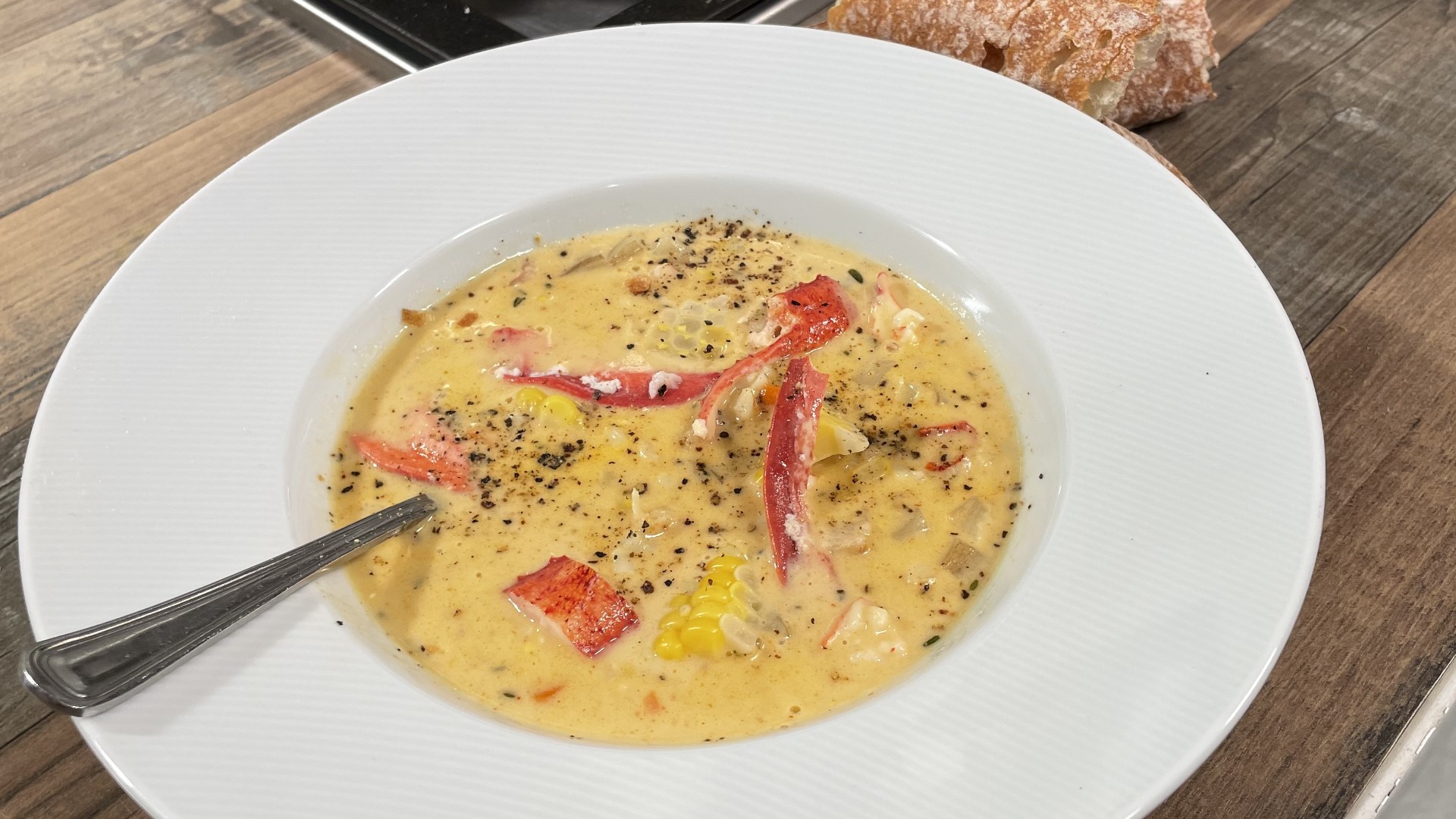PORTLAND, Maine — Maine is infamous for its lobsters, but did you know these oceanic bottom-dwellers don’t have brains?
Lobsters are invertebrates just like insects and don’t have complex brains like birds, reptiles, or mammals do. Because of this, scientists have spent years debating whether lobsters feel pain.
Alex Ascher, who recently completed his Ph.D. at the University of Maine’s School of Marine Sciences, explained the inner workings of our state's favorite crustacean.
“Lobsters contain 15 nerve clusters called ganglia, dispersed throughout their bodies, with a main ganglion located between their eyes,” Ascher said in an email.
"Each ganglion helps to control and process sensory information in a different segment of the lobster's body. Whether these ganglia allow them to feel pain, though, is still somewhat contested," he added.
"Studies have shown they do contain nociceptors—nerves that allow the processing of noxious stimuli — however, this does not necessarily mean lobsters feel pain in the way we understand it, as pain is a subjective experience," Ascher said. "Researchers have debated for many years whether animals without true brains have the complexity or capacity to experience pain and will likely continue to debate this point for years to come.”
Ascher said the reason we "euthanize" lobsters by boiling them is most likely because the ganglia or "nerves" run throughout their entire body. He said if you were to cut off a lobster’s head, its remaining nerves would continue to process information for a period of time.
“To destroy all of their ganglia at once and properly euthanize them requires more difficult techniques, such as the lobster stun gun or ‘CrustaStun,’” Ascher said.
Lobster fun facts
Although they may be “brainless,” the American Lobster can live up to 100 years and weigh up to 44 pounds, according to the National Oceanic and Atmospheric Administration. Depending on their size, female lobsters can lay anywhere from 5,000 to 100,000 eggs. The mama lobsters carry their fertilized eggs on the underside of their tails for 9 to 11 months, until they hatch.
In their first year of life, lobsters feed mainly on zooplankton, but as adults they become omnivores, eating plants and animals. They will eat anything from crabs, mollusks, worms, sea urchins, sea stars, and fish, to macroalgae. With 10 legs total, lobsters use their strongest limbs, the "crusher claw" to crack open shells, and their slightly smaller "cutter claw" to dice up soft fish.
Lobsters often live offshore to depths of 2,300 feet and are most commonly found in coastal waters from Maine to New Jersey, according to the NOAA.

